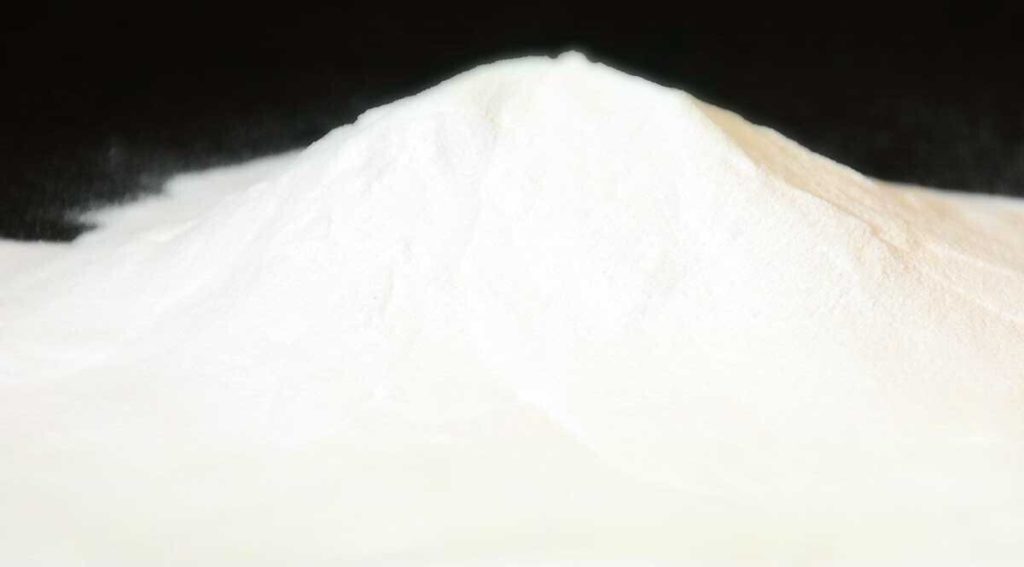Modification – making nano-alumina more perfect

Nano-alumina is a new type of high-functional fine inorganic material. Since the nano-alumina powder was produced in the mid-1980s, people have been deepening their understanding of this high-tech material and have discovered many of its characteristics, such as high hardness, high strength, heat resistance, corrosion resistance and other excellent characteristics. Therefore, it is widely used in aerospace, national defense, chemical industry, microelectronics and other fields.
In the practical application of nano-alumina, the modification of powder has always been a very important work.
Why is it modified?
First of all, as a nanomaterial with many characteristics, nano-alumina is very easy to agglomerate due to its extremely small particle size and large surface energy. If the agglomeration phenomenon is particularly serious, it will have a great impact on the characteristics of nano-material alumina.
In addition, nano-alumina can be used as a biofilm for medical research on biological drugs, but the surface charge of the crystal with balanced surface charge is unevenly distributed due to the presence of lattice defects. The accumulation of surface charge defects and space charge areas at the micron level leads to a grid-like dipole moment. When biological materials contact the surface of such powders, enrichment will occur, resulting in pore blockage and membrane pollution.
Furthermore, the insulation and high strength of alumina are used as fillers in materials such as coatings and rubber to improve the hardness, insulation, ductility, and wear resistance of the materials. However, alumina is a polar substance and has poor compatibility with non-polar polymer materials.
Therefore, the surface modification of alumina has attracted much attention.
Surface modification refers to the surface treatment of solid particles by physical or chemical methods, that is, the process of purposefully changing the physical and chemical properties and surface morphology of the particle surface according to application needs. At present, there are two most practical modification methods. The first method is called surface organic modification because it mainly uses organic modifiers, and the second method is inorganic coating modification or surface coating modification.
Surface organic modification
The purpose of surface organic modification of ultrafine powder particles is to make the particle surface hydrophobic by linking the corresponding organic groups, thereby improving its dispersion performance and interfacial compatibility in organic matrices such as resins, rubbers, and paints, and thereby improving the product processing process and the comprehensive properties of composite material mechanics. According to the chemical structure type, modifiers are divided into higher fatty acids or their salts, lower fatty acids and coupling agents.
(1) Physical coating modification
Physical coating modification or coating treatment modification is a method of using organic matter (as long as it is a polymer, resin, surfactant, water-soluble or oil-soluble polymer compound and fatty acid soap, etc.) to coat the surface of particles to achieve the purpose of modification. It is a process for simply modifying the surface of particles.
(2) Surface chemical modification
Surface chemical modification is achieved by chemical reaction or chemical adsorption between the surface modifier and the particle surface. It is the most widely used modification method in production.
(3) Grafting modification
Grafting modification is a modification process in which monomer olefins or polyolefins are introduced into the surface of powder under certain external excitation conditions. Sometimes, it is necessary to excite the monomer olefin after the introduction to polymerize the monomer olefin attached to the surface.
Surface coating modification
Surface coating modification refers to the modification technology of uniformly coating the surface of ultrafine alumina powder particles with smaller solid particles or solid films, thereby changing the surface composition, structure, appearance and original function of the particles.
According to the environment and form of the coating reaction, the nature and method of the modified coating between particles, the surface coating modification methods can be divided into chemical precipitation method, hydrolysis coating method, sol-gel method, solvent evaporation method, mechanochemical method and gas phase method. Among them, the first three methods are all solution reaction methods, that is, the soluble salt solution is precipitated by precipitating agents and hydrolysis, and then coated on the surface of the particle powder to be modified.
